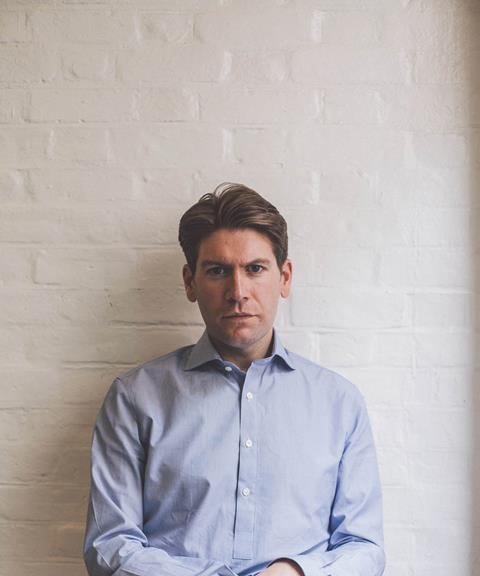The success of our new building projects lies in how they can evolve and change to meet future needs, says Ben Gibson

The most sustainable building is one that already exists. But the decision to retain and reuse is only a partial step in making a sustainable future. It establishes only the very basic premise of a more comprehensive approach to sustainability.
The imperative to re-use and adapt existing buildings is a worthy one; but it gives rise to a new set of dilemmas.
In order to create a meaningful approach to sustainability, the reimagining of our building stock must result in memorable buildings that people want to use and enjoy, to say nothing of the technical improvements that are clearly essential.
The architectural profession is well placed to engage and grapple with this complexity. At our project in Charterhouse Square, the reusing (or rescuing) of a 300-year-old building involved recognising what was valuable about the property in its broadest sense: socially, economically and culturally. The project is therefore a very specific response, creating a characterful building that provides a space for modern life.
It is a sustainable proposition – not simple because of the embodied energy it saves or the technical improvements to its servicing and fabric – but because it is able to continue its contribution to the evolving city.
Our retrofit at Centrepoint, Tottenham Court Road, provides Kajima with their new European headquarters in one of Seifert’s listed interiors. The interior, originally conceived as a restaurant, provides a large-span flexible space that we have repurposed for a post-covid workspace.
The proposals engage with the specific ideas of the original Modernist building to create an appropriate and enduring proposal.
In so doing we attempt to avoid the wasteful (and seemingly endless) cycle of “fit-out/strip-out” that has become the preserve of the speculative office market and its unquenchable thirst for “newness”.
We also enjoy brave new buildings, but recognise that these too will need to evolve over time – they will become outmoded and in need of repurposing. We are developing a life-science cluster which responds to very specific requirements but the buildings are also loose-fit and can be adapted and changed.
The long-term success of our new building projects lies in how they can evolve and change to meet future needs that we are only dimly aware of.
Ben Gibson is a director at Gibson Thornley Architects
Ideas for positive change

This is part of our Countdown to COP26 coverage in the lead up to the world climate conference in Glasgow in November. We will be publishing more big ideas about ways to tackle the climate emergency over the coming weeks and you can find more here.


























No comments yet